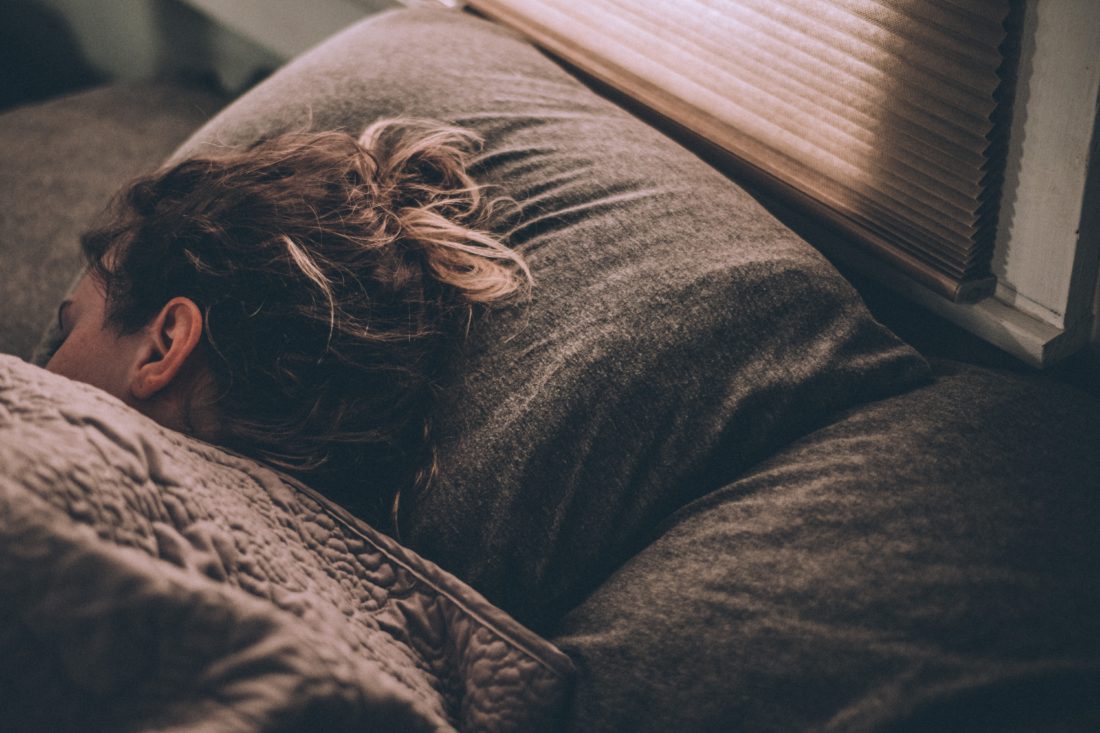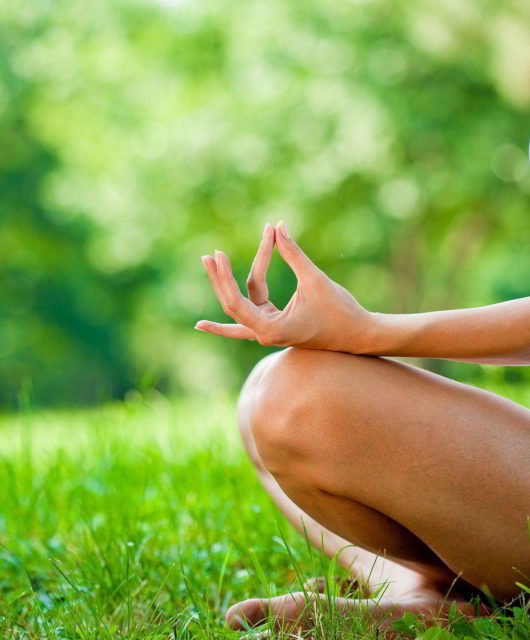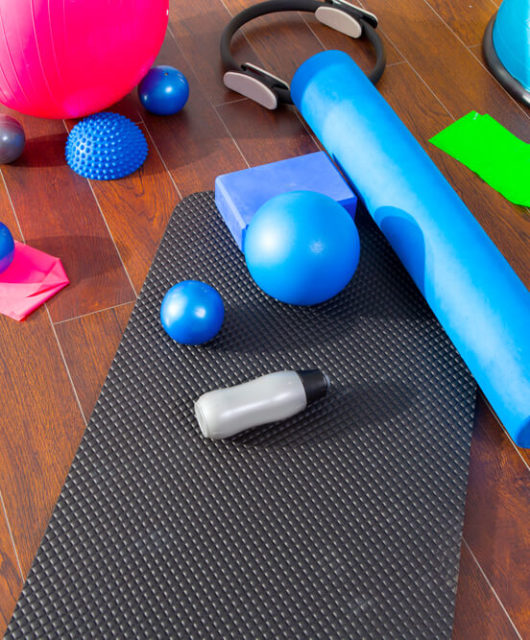Now that the holidays are over, it is officially the season of winter blues. The days may finally be getting longer, but without Christmas and New Year’s to look forward to, the general paucity of sunlight hours can start to feel unbearable. There is actually a medical term for this annual funk: SAD, appropriately enough. SAD stands for Seasonal Affective Disorder, and it affects millions of otherwise healthy people every year at this time.
How do you know if you suffer from SAD? Symptoms of winter blues include those commonly associated with major depressive disorder. For example, you might lose interest in activities you typically enjoy, and you might be so down in the dumps that you have trouble getting out of bed in the morning. You may have Seasonal Affective Disorder if you notice a change in appetite, sleeping patterns, and energy level throughout the day. SAD is no joke; if you find yourself suffering from the lethargy and anhedonia described above, then you need to take active steps to manage your winter blues. Very serious cases of SAD can lead to frequent thoughts of death or suicide.

We’ve come up with eight ways to help you manage the winter blues:
1. Get natural sunlight
The number one cause of Seasonal Affective Disorder is lack of sunlight. Make sure to get outside during the daytime to soak up whatever rays you can. To supplement this, you can also buy a special SAD lamp designed to mimic natural light.

2. Work on your sleep schedule
The change in your mental state that comes with the winter blues may lead to trouble sleeping at night, as well as a corresponding oversleeping each morning. Do not let SAD control your life like this. Set a very stringent sleep schedule that gets you to bed at a reasonable hour and up early enough to greet the day.

3. Exercise regularly
Exercise is always a good remedy for mood disorders, and SAD is no exception. Do what you can to get your blood flowing and your adrenaline pumping. A good workout will also take your mind off the feeling of unease that’s ailing you.

4. Meditation
Of course, the best way to get your mind off anything is to meditate. Meditation otherwise employs the parts of your brain most associated with depression, and as such meditating has the specific effect of helping you tune out negative thoughts and sensations.

5. Relax your body with a massage
Massages can be doubly impactful in combating seasonal depression. For one, massages help you relax, easing muscle tension and increasing production of serotonin and dopamine. Furthermore, massages directly speeds up blood flow, replenishing all parts of your body with nutrient-rich blood. By improving your physical well-being, you will reap positive benefits on your mental health as well.

6. Avoid overeating
Overeating is a surefire sign of SAD, especially overeating foods high in carbohydrates. This can lead to a rise in your blood sugar level, which can damage brain cells and be disastrous to your overall health. It is also likely to lead to weight gain, which only compounds feelings of depression.

7. Limit your alcohol intake
Like overeating, excessive alcohol intake can seriously harm your brain in such a way that worsens depression. Drinking too much will also put all your other efforts to live a healthy lifestyle in flux, messing with your quality of sleep and ability to relax, for example.

8. Hydrate
People often forget that dehydration can be a cause of depression. When you are dehydrated, your brain struggles to function properly, and serotonin production is impaired. To fight off SAD, you want to drink copious amounts of water. The rejuvenating and restorative process of hydrating will make you feel better almost instantly.










